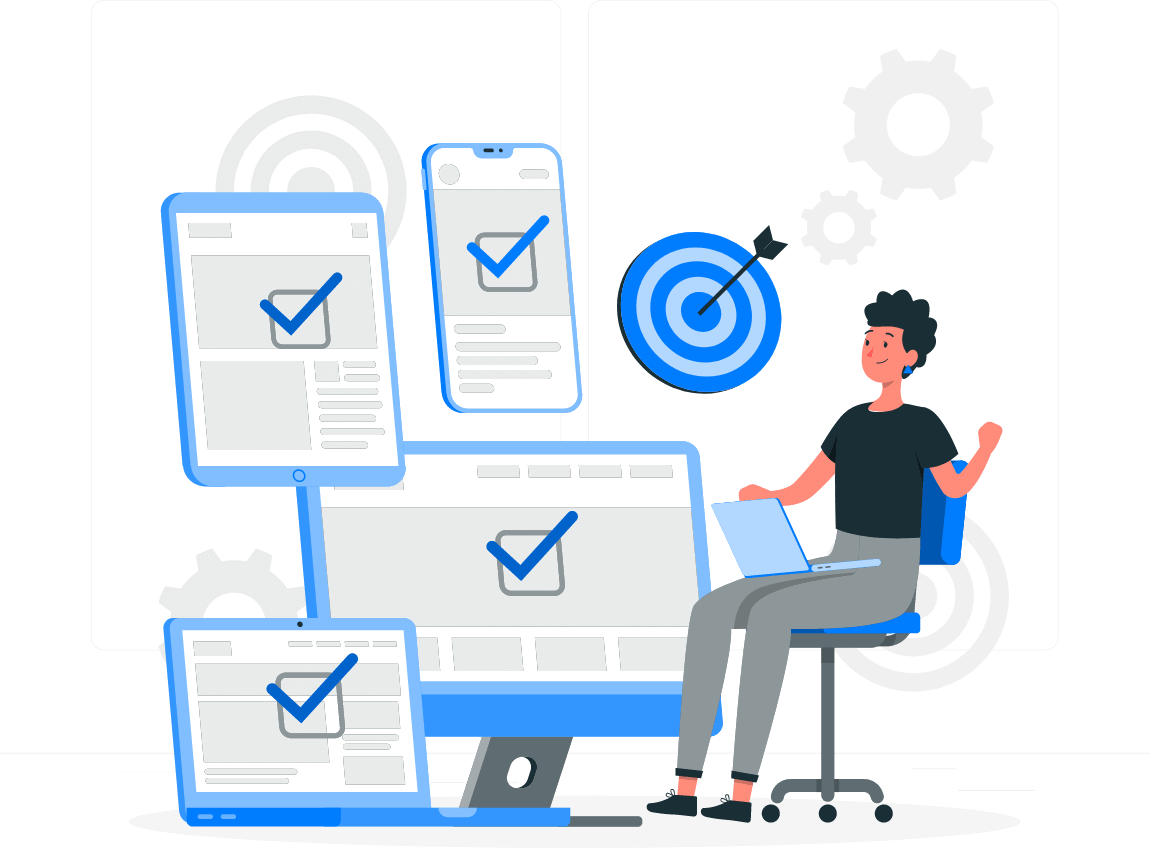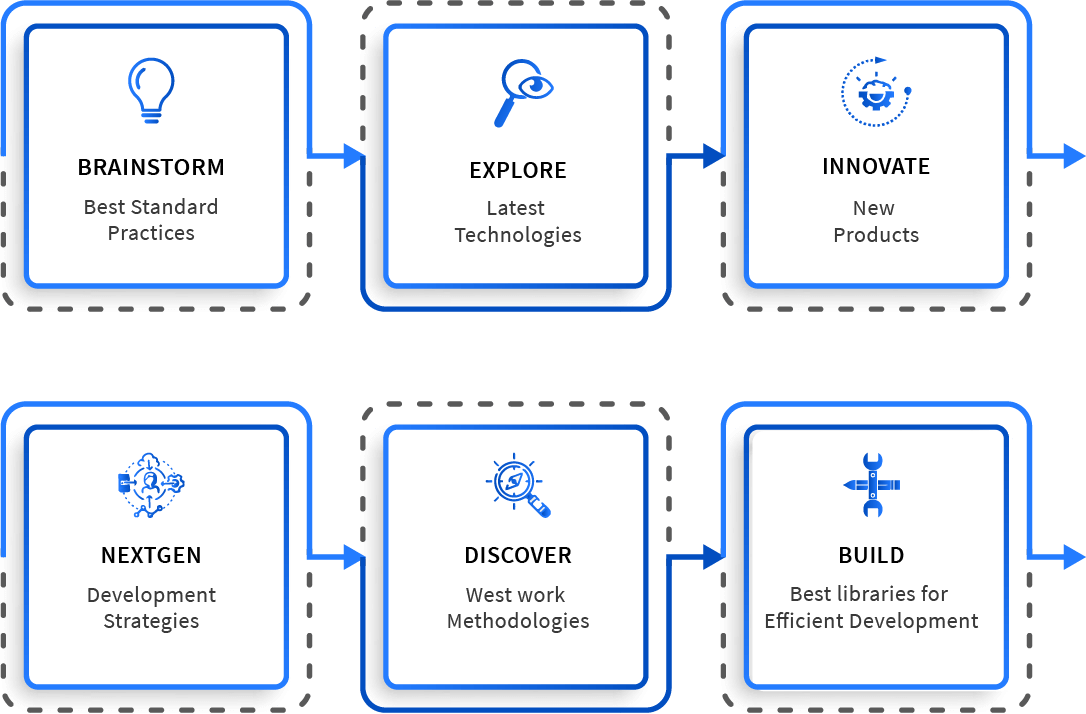
















With the Offshore Model of WM, you experience the same top-notch service while stimulating development through time zone benefits and supporting trade and employment rates for better cost-effectiveness. The Offshore Model shields the client’s intellectual assets, proprietary software and new development requirements with a very high degree of security. Clients retain full ownership of all software source code and intellectual property rights upon project completion.


This model suits well when the development team is required to work in close collaboration with client’s associates, the scope of the project is not clearly defined, or it is iterative or open-ended in nature. During the entire process, our specialists report to an onsite manager and also report back to our offices on a daily basis. The services offered by an onsite consultant are - project specifications capture and technology evaluation, designing functional specifications, design, coding, testing, support, and maintenance.


Providing value through Onsite/Offsite Hybrid Delivery Model is one of the most beneficial aspects of WM. The Onsite/Offsite Hybrid Model serves significantly to the client's plan to outsource their work to an Offshore team. The Offsite team acts as a bridge between the onsite base and the offshore team providing valuable inputs to ensure project completion.

Get in touch with us and discuss the needs and requirements of your project.
Hear And Read Success Stories Straight From Our Client.
Our technology incubation unit, we call it WM Innovation Lab is our research lab where weEXPLORE latest technology updates, we BRAINSTORM best standards, we DISCOVER best methodologies, we INNOVATE new products, we CREATE best solutions.
This helps us get the best solutions to the clients in minimum time frame. We have a dedicated team of senior developers for our lab.



